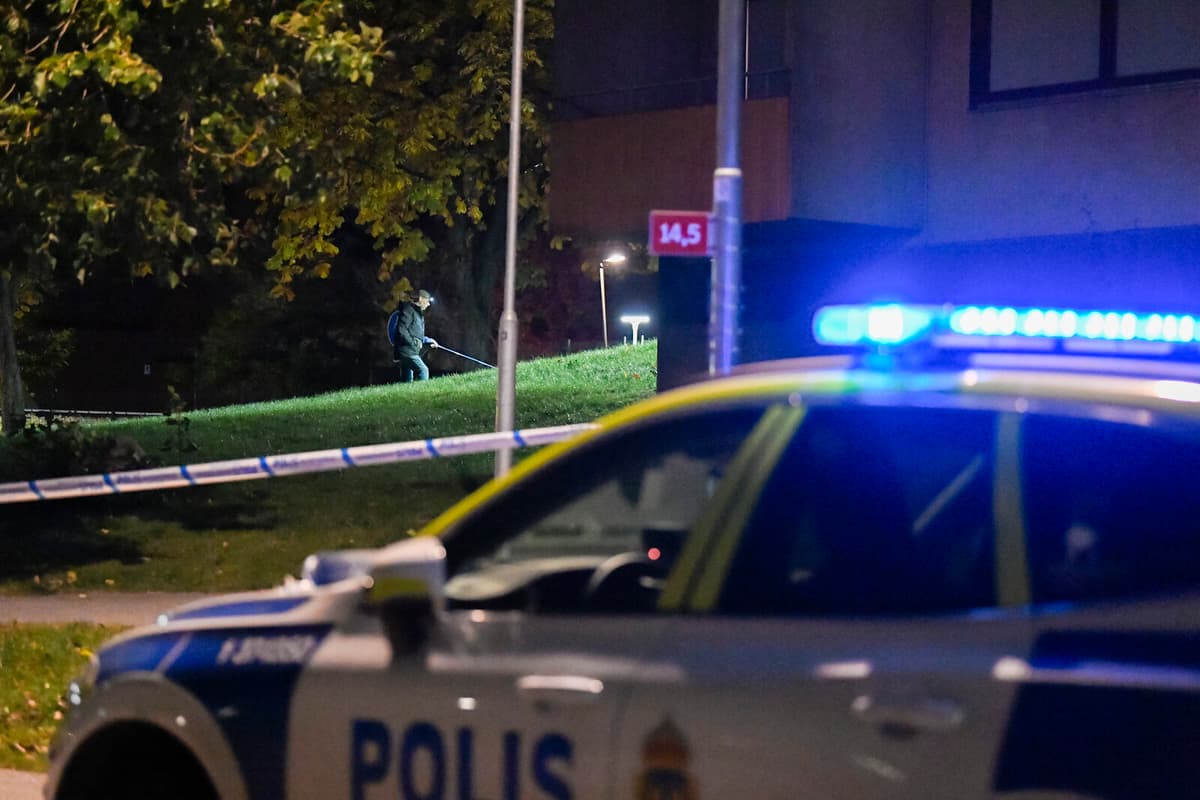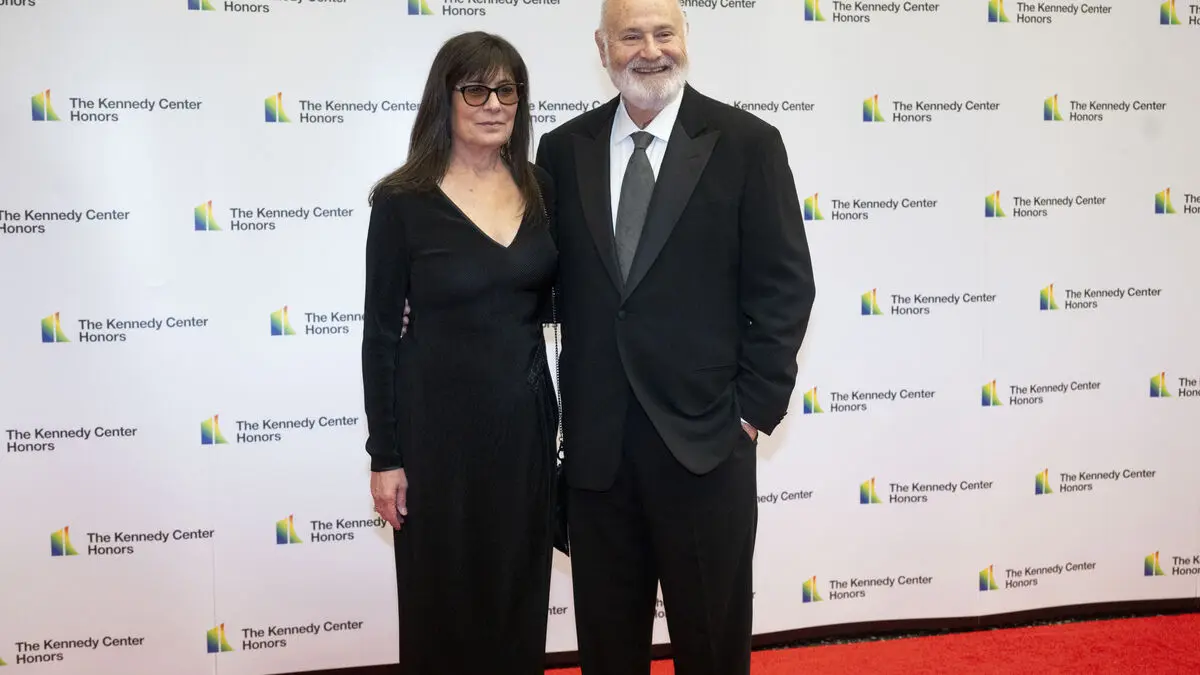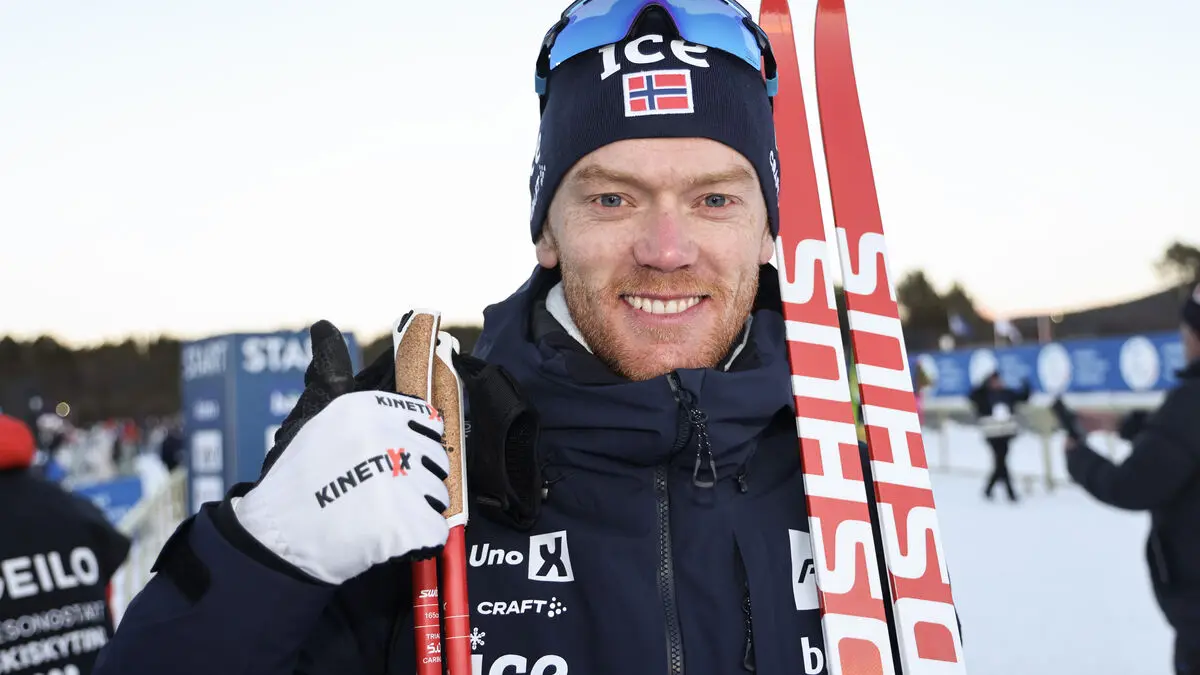254 shootings have occurred in Sweden up to and including November this year, according to the police's preliminary statistics. In these shootings, 39 people have been killed and 53 injured. Since then, two more people have been murdered with firearms in December.
The figures show that Sweden still has major problems with firearms violence – but that the trend seems to be going in the right direction.
Since the police began keeping statistics on firearms violence in 2017, there has not been a single year with fewer than 100 people injured – and it has usually been over 350 shootings per year.
It's a very clear and tangible decrease, says Manne Gerell, who researches gang violence at Malmö University.
Politics
He sees several possible explanations, including the collective impact of the major political reforms implemented in the judicial area.
I think that everything that has been done, both by the current and previous government, has started to take effect and have a certain impact, says Gerell, who emphasizes that it is difficult to pinpoint a single reform that may have had a particularly significant impact.
But they have invested in the police, in new tools, in tougher penalties, in everything, over a decade.
Crucial is also that the police have become much better at catching the perpetrators, possibly partly due to new tools but also through method development, he says.
Murder clearance
This is evident not least in the statistics on solved crimes. According to preliminary figures, the police may have cleared up over 70 percent of fatal shootings last year, up from only 29 percent the year before.
They are also better at preventing crimes. According to their own assessment, the police have stopped over 150 potential violent crimes just this year.
That more crimes are stopped and that more people are caught after shootings can have a cooling effect on conflicts between criminal gangs, says Manne Gerell.
If someone is caught for a shooting, the need for revenge is not as great, he says.
The police's work has likely been facilitated by the fact that the shooters are getting younger and therefore less experienced, and that the people who hire them rarely care about what happens after the shooting, he says further.
Another explanation for the drastic decrease may be that part of the violence has instead taken place on the other side of the Sound, in Denmark, says Manne Gerell.
Some of the violence has been committed there instead, when Swedish shooters and Swedish youths have been sent there as perpetrators.





